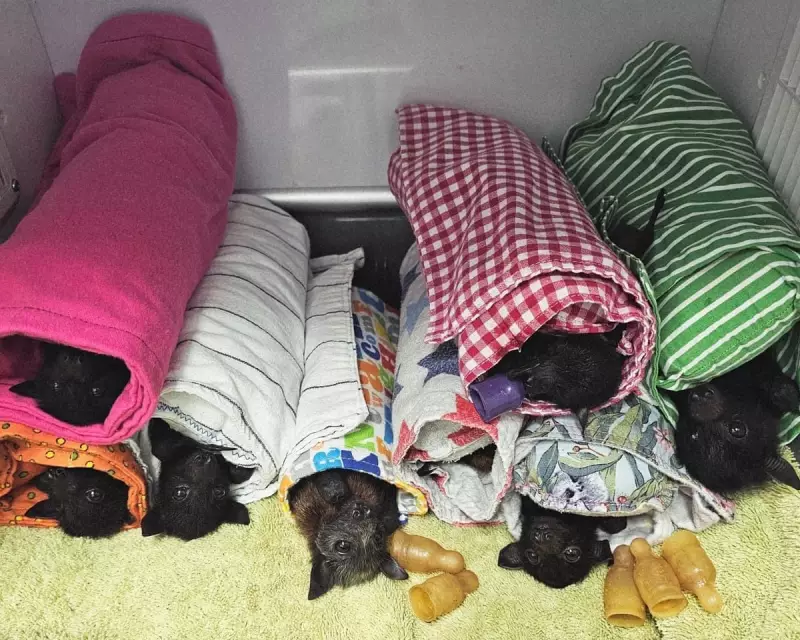
A catastrophic hailstorm of unprecedented ferocity has left Queensland's native flying fox population in crisis, with wildlife hospitals overwhelmed by hundreds of injured bats following what experts are calling a once-in-a-generation weather event.
Nature's Artillery: Cricket Ball-Sized Hail
The violent weather system that struck southern Queensland on Monday unleashed hailstones comparable to cricket balls in size, pummeling everything in their path. The region's flying fox colonies, caught completely exposed in their daytime roosts, bore the full brunt of nature's assault.
"We've never seen anything like this scale of injury to our flying foxes," reported a spokesperson from the Australia Zoo Wildlife Hospital, where veterinary teams have been working around the clock. "The hailstones were so large they literally broke wings and fractured bones upon impact."
Wildlife Hospitals in Crisis Mode
Emergency response teams from multiple wildlife organisations have mobilised across the affected regions, with facilities reporting:
- Over 300 flying foxes admitted for emergency care within 24 hours
- Patients suffering from broken wings, severe bruising, and head trauma
- Many bats requiring intensive veterinary treatment and lengthy rehabilitation
- Rescue volunteers working tirelessly to locate injured animals
The scale of the disaster has stretched wildlife resources to their limits, with veterinarians performing multiple surgeries daily and establishing temporary triage centres to manage the influx.
Climate Change Warning Signs
Environmental scientists are pointing to this extreme weather event as another concerning indicator of climate change's escalating impact on Australian ecosystems. The frequency and intensity of such severe storms have shown a marked increase in recent years, putting vulnerable wildlife populations at greater risk.
Flying foxes play a crucial role in Australia's ecosystem as pollinators and seed dispersers for native forests. The mass casualty event among these protected species could have longer-term implications for regional biodiversity.
As rehabilitation efforts continue, wildlife carers face the challenging task of nursing hundreds of bats back to health while preparing for the possibility of more extreme weather events in an increasingly volatile climate.





